India's Metro Milestone: Now The 3rd Largest Network Globally - and Still Expanding!
Ever since I stepped into the city of Pune, the metro has become my go to transport. In a city that rarely slows down, stepping into an air-conditioned metro coach feels so calm. No honking, no traffic jams, just clean seats and punctual rides. And it’s not just Pune, across the country, millions are discovering this pocket-friendly and time-saving marvel of modern infrastructure.From Delhi’s First Track to 1,000 Kilometers of ProgressIndia’s metro journey began back in 2002, when former Prime Minister Atal Bihari Vajpayee flagged off the Delhi Metro. What started as a bold experiment has now grown widely, where India’s metro rail network has officially crossed the 1,000-km mark, making it the third-largest operating metro system in the world. Back in 2014, only five cities had metro systems. Today, 23 cities across 11 states are humming with the sound of underground trains. The government has played a pivotal role in this transformation. Since 2014, the network has more than tripled. Daily ridership has soared from 28 lakh to over 1 crore passengers. The total distance traveled by metro trains every year has skyrocketed from 86,000 km to an eye-widening 2.75 lakh km. New Corridors, New Connections: A Look at What’s Next!Prime Minister Narendra Modi is all set to inaugurate a 13-km stretch of the Delhi-Ghaziabad-Meerut Namo Bharat Corridor, a project worth ₹4,600 crore that promises to cut travel time and boost inter-city mobility in NCR. Fast and comfortable pocket-friendly travel is no longer a dream but a soon-to-be reality.On the same day, the Prime Minister will flag off a 2.8-km stretch between Janakpuri and Krishna Park, the very first operational segment of Delhi Metro’s Phase IV. Built at a cost of ₹1,200 crore, this line will offer immense relief to the crowded neighborhoods of West Delhi, especially places like Vikaspuri and Janakpuri. And laying the groundwork for the future, PM Modi will also inaugurate the foundation stone for a new 26.5-km Rithala-Kundli corridor, connecting Delhi’s northwest to Haryana, an investment of ₹6,230 crore aimed at opening up access to areas like Rohini, Narela, and Kundli.A Brighter Urban Future on Steel TracksFor millions, the metro means cleaner air, shorter commutes, and less money spent on fuel and fares. As India’s cities continue to swell, the need for efficient, modern public transport has never been more urgent. With plans underway to expand metro services to 29 cities, the vision is to create an India where mobility is not a luxury but a basic right. So the next time you board a metro and settle into that cool coach, remember, you’re not just saving time. You’re riding a wave of transformation that’s quietly changing the face of urban India.

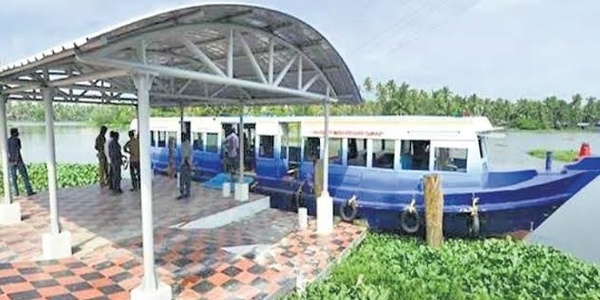
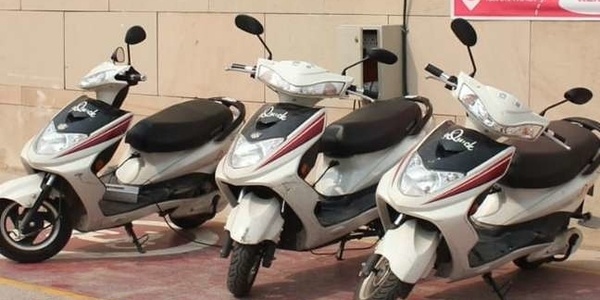

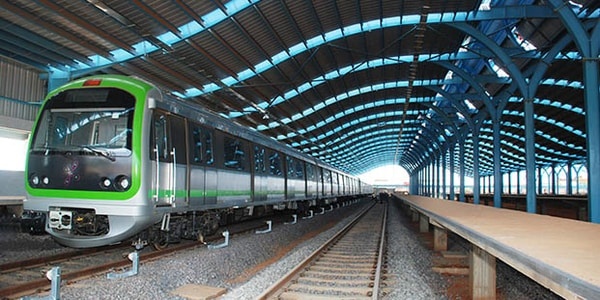
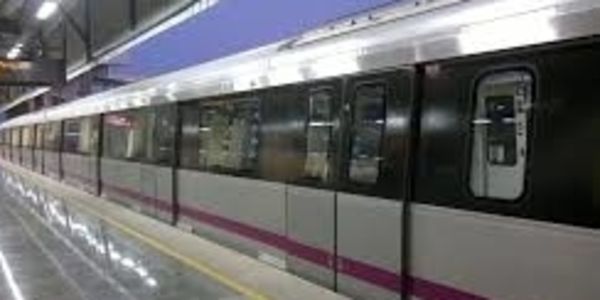
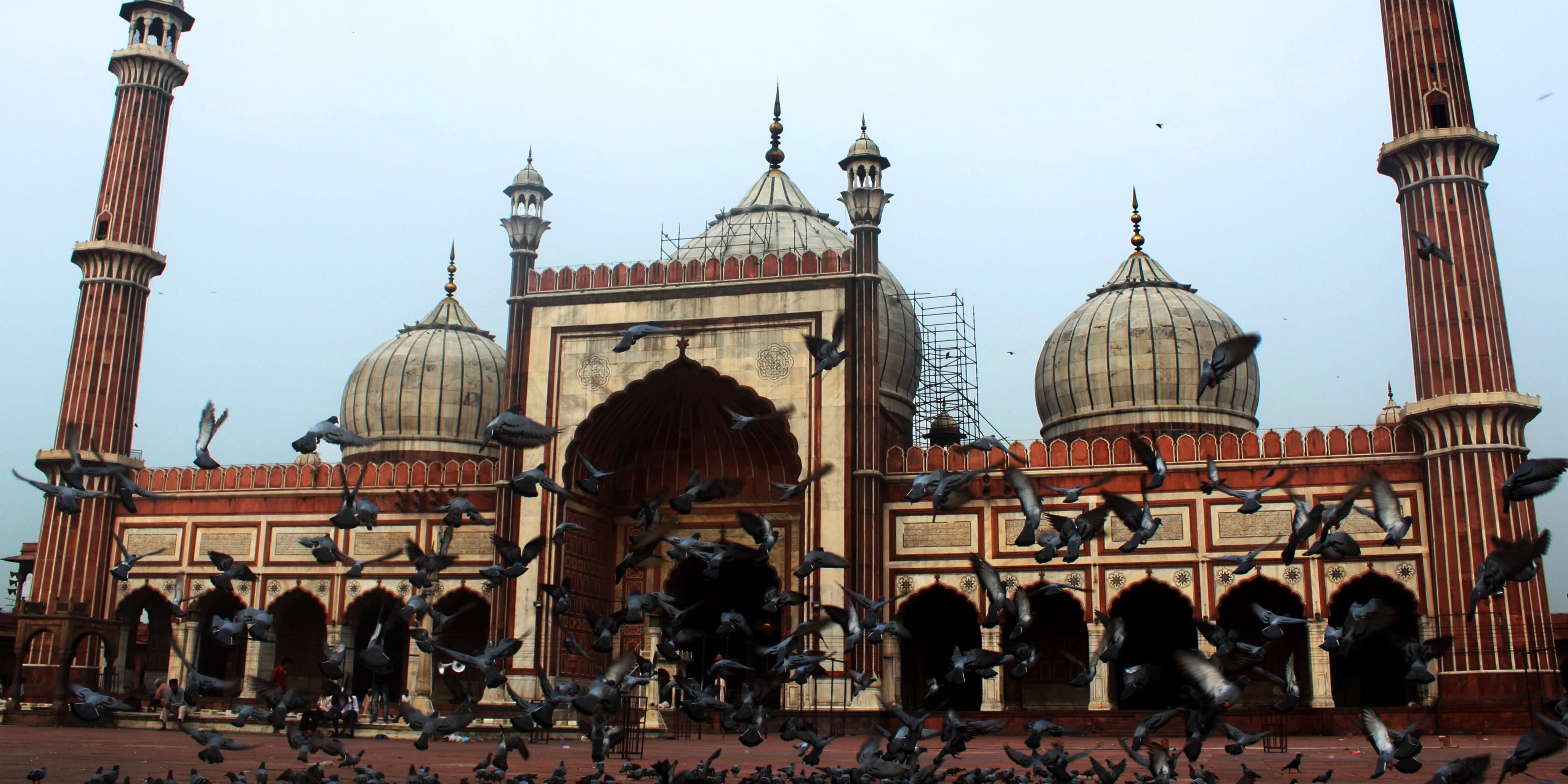
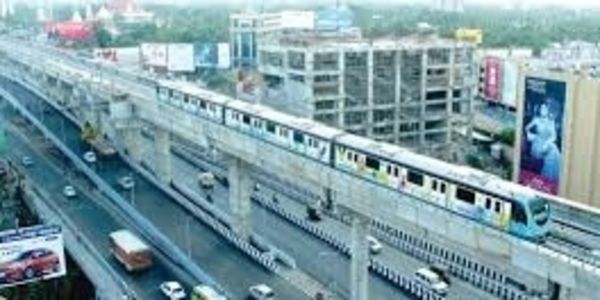
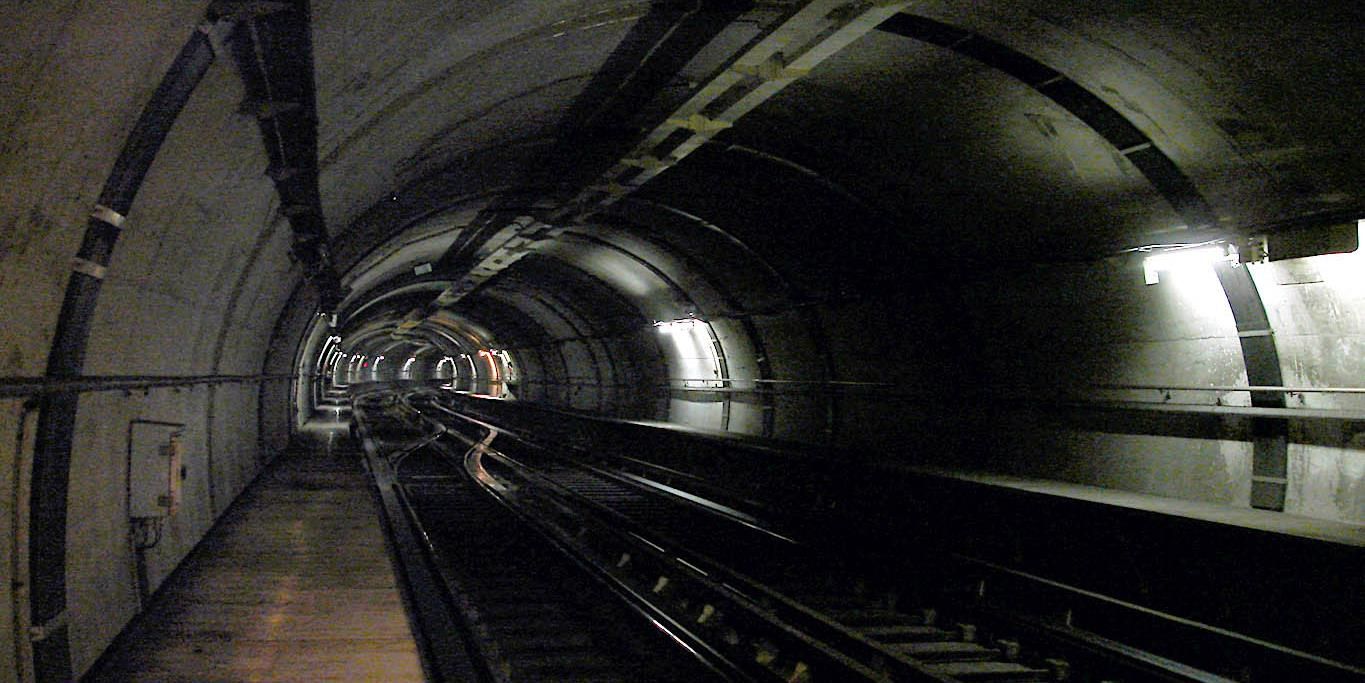
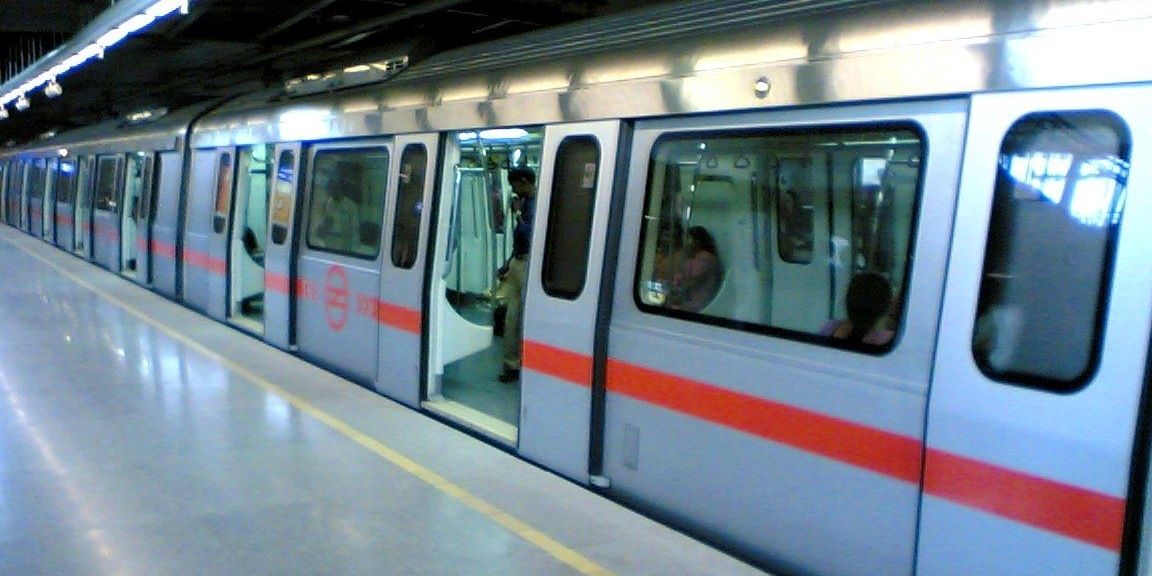
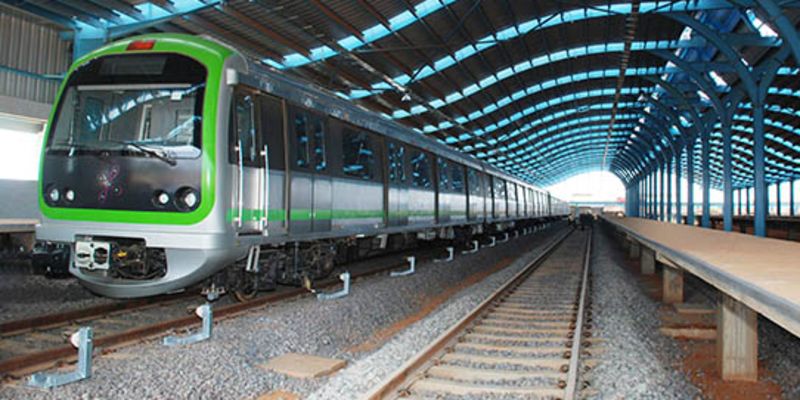
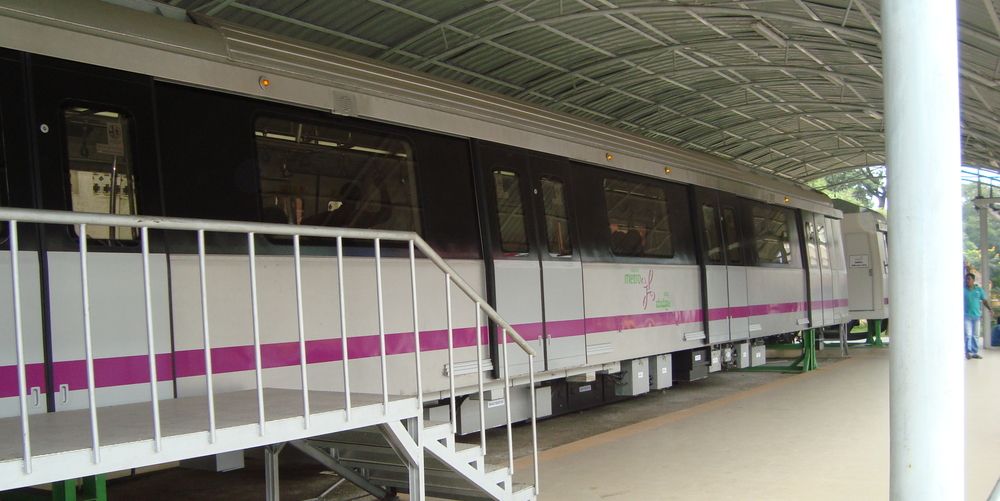
.jpg)
 (1).jpeg)